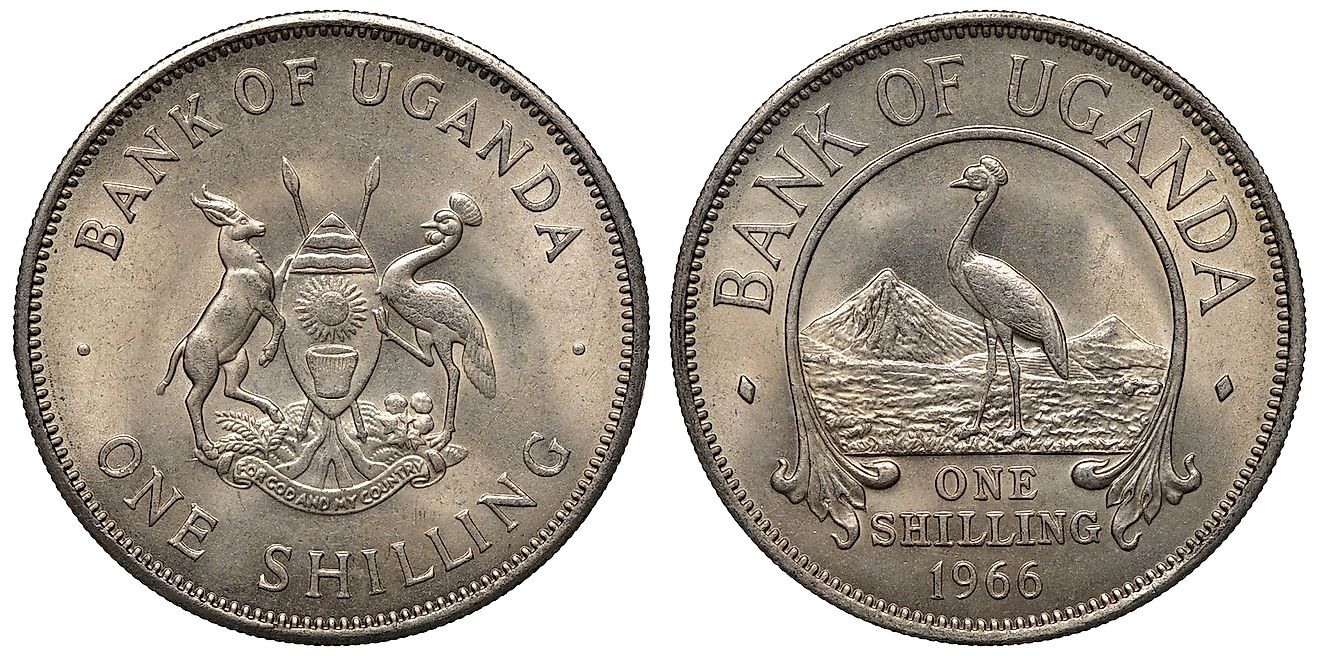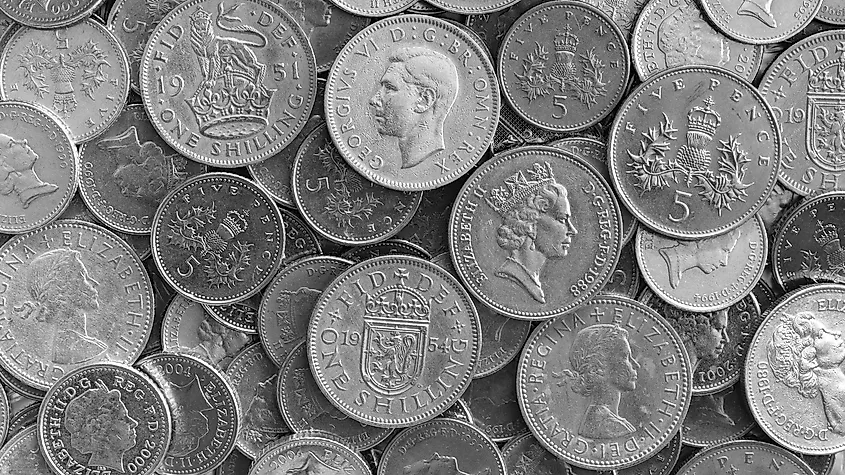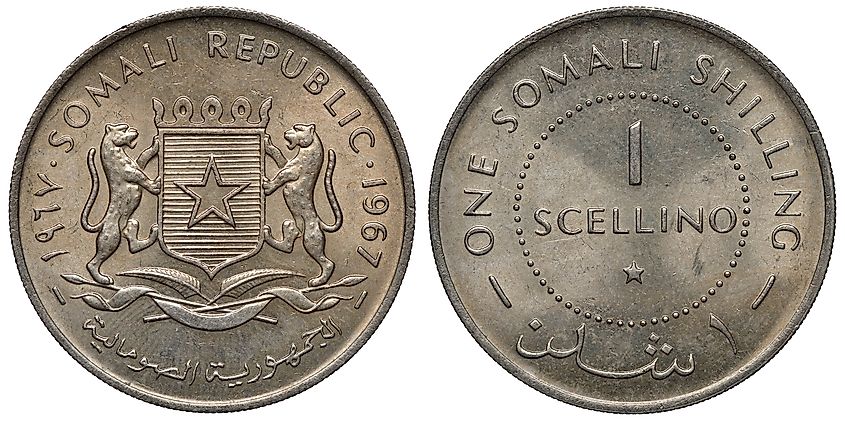How Many Countries Still Have Shilling As The Currency?

- First minted for use in the 1500’s under the rule of Henry VII in Britain, the shilling was a very common coin across the Commonwealth before the currency was switched to the pound.
- The symbol for the shilling is a solidus, "/".
- Today, there are few states that are still using the shilling as their legal currency. Those states are: Kenya, Uganda, Tanzania, Somalia.
The shilling is a classic among British coins, and was adopted as currency by many countries. Today, there are few states that are still using the shilling as their legal currency. Those states are: Kenya, Uganda, Tanzania, Somalia.
History Of The Shilling

First minted for use in the 1500’s under the rule of Henry VII in Britain, the shilling was a very common coin across the Commonwealth before the currency was switched to the pound.
The notation for the shilling is different that the currency symbols we expect to see today. The shilling was primary currency before the UK moved to a decimal system for their monetary notations. Today we would see something like £10.50, meaning that the cost is ten pounds, 50 pence. Before the introduction of the decimal, a solidus was used to separate shillings from pence. A solidus is “/”. Therefore, values were noted as 1/5, for example, meaning the cost was one shilling, five pence.
Many currencies have colloquial nicknames, and the shilling is no exception. Often referred to as a “bob”, this name is believed to have originated in the 1700s. It’s origin is not 100% certain, but the Royal Mint offers two likely explanations. First, “Bawbee” was 16-19th century slang for a half-penny and the thought is that “bob” may have evolved as a short form of that. Alternatively, shilling could be a derivation of a Proto-Germanic word, “skell”, which means “ring”. The connection here is that “bob” is also a phrase used to describe a pattern run on church bells.
Throughout history, many British Commonwealth countries have used the shilling as their currency. Australia, New Zealand, and Ireland all once called the shilling their national currency, but each have developed their own currencies and moved away from using British currency. This move away from the currency of the UK is a statement on national independence, and the establishment of a distinct identity as well as a practicality in some cases.
Current Use And Exchange Rates To USD

The shilling is still the name of the official currency in Kenya, Uganda, Tanzania, and Somalia, but it’s not all the same value. Similarly to how the Canadian and Australian currency is both called the Canadian Dollar and Australian Dollar, the exchange rates and value are not identical, nor are the denominations.
Each country that uses the shilling has its own separate system. For example, if you were to travel from Somalia to Kenya, you would have to exchange your Somalian Shilling currency for Kenyan Shilling currency - they are not the same.
Below are the exchange rates (as of Aug. 17, 2020) for each country that is still using the shilling as currency to USD.
Kenyan Shilling - 1 Kenyan Shilling is equal to .0092 USD
Uganda Shilling - 1 Ugandan Shilling is equal to .00027 USD
Tanzania Shilling - 1 Tanzanian Shilling is equal to .00043 USD
Somalia Shilling - 1 Somalian Shilling is equal to .0017 USD
Note that Somalia also uses USD as one of their official currencies. Many countries that are less developed do this for a number of reasons related to tourism, trade, and ease of exchange.











